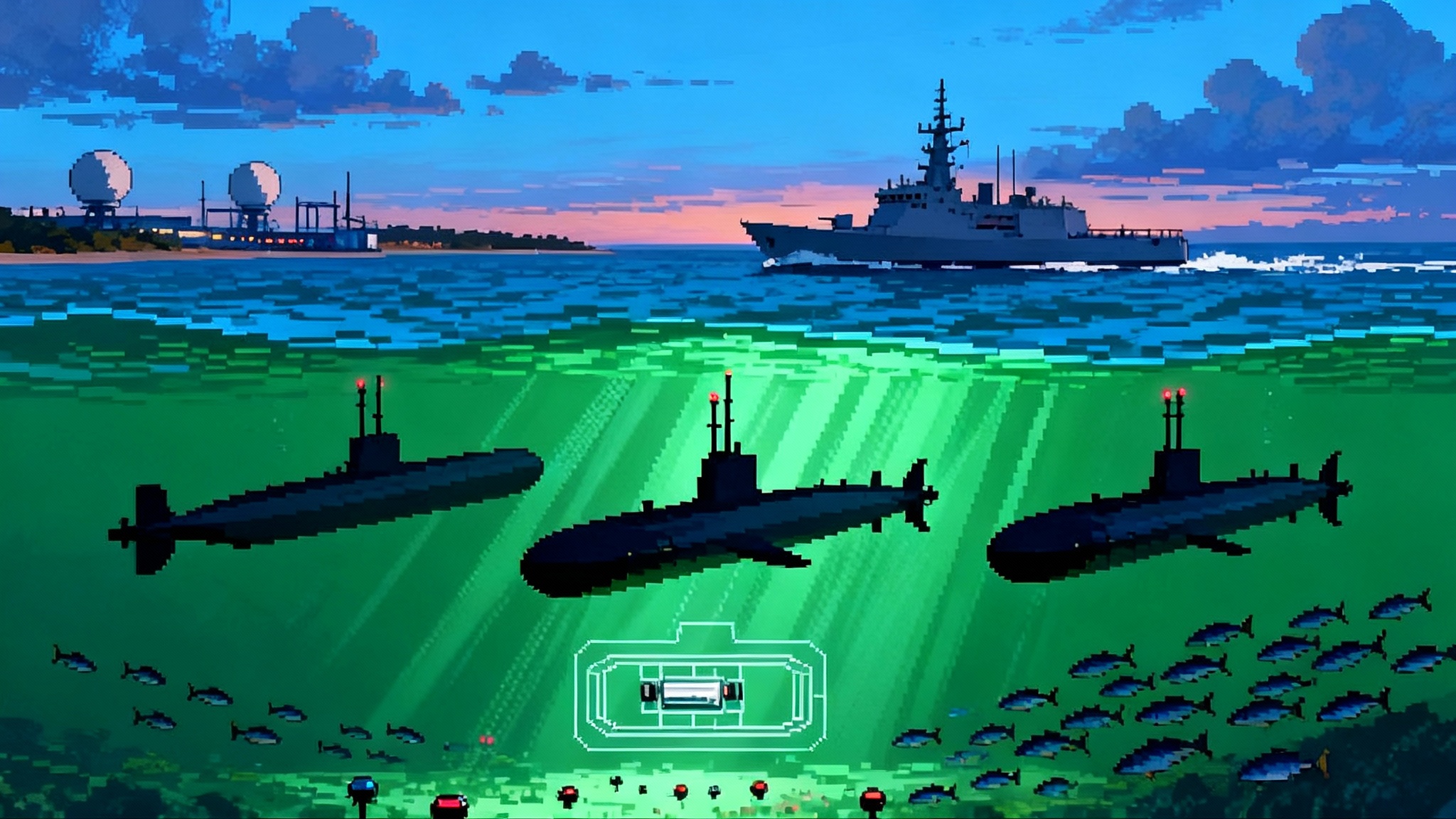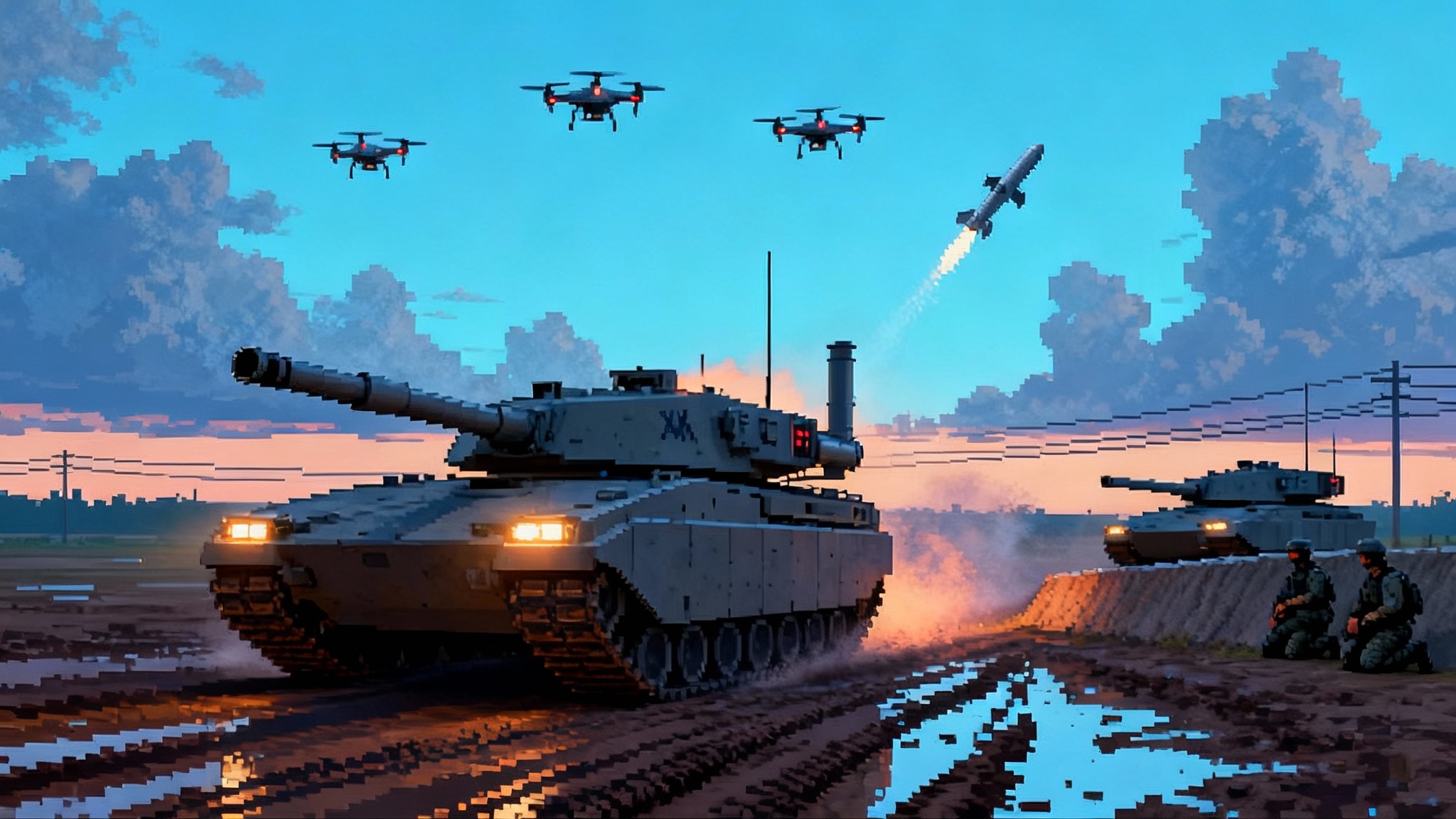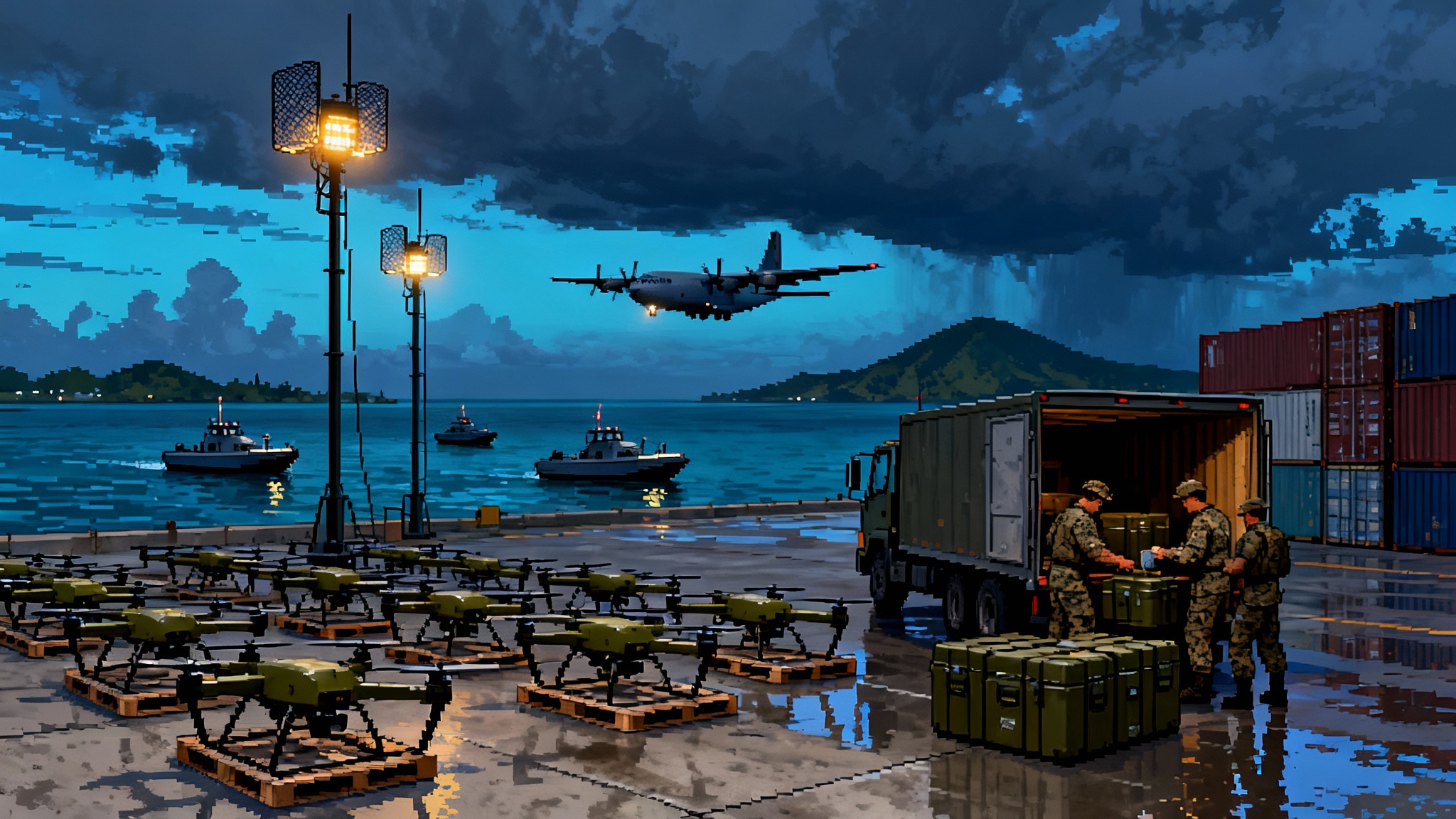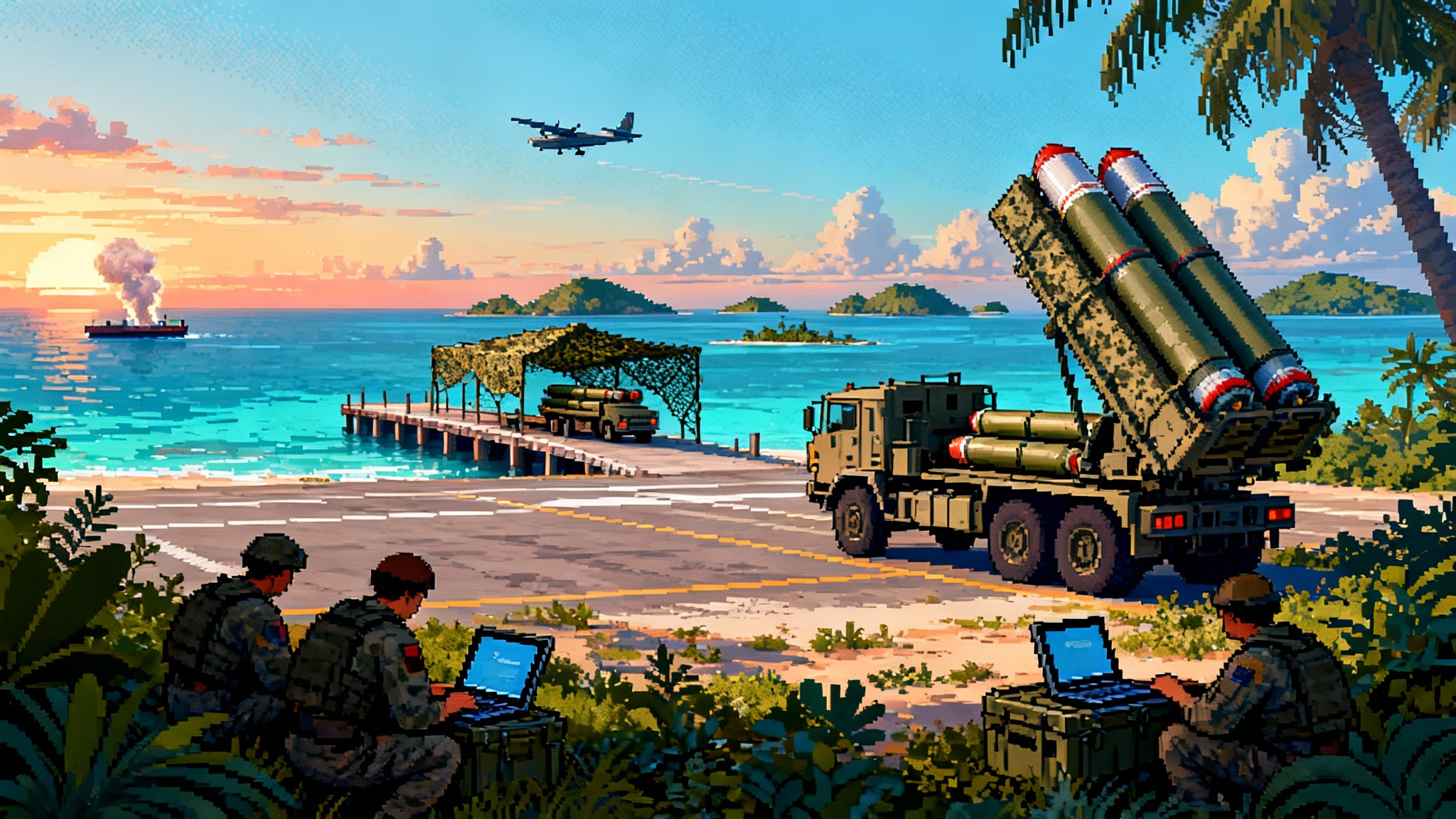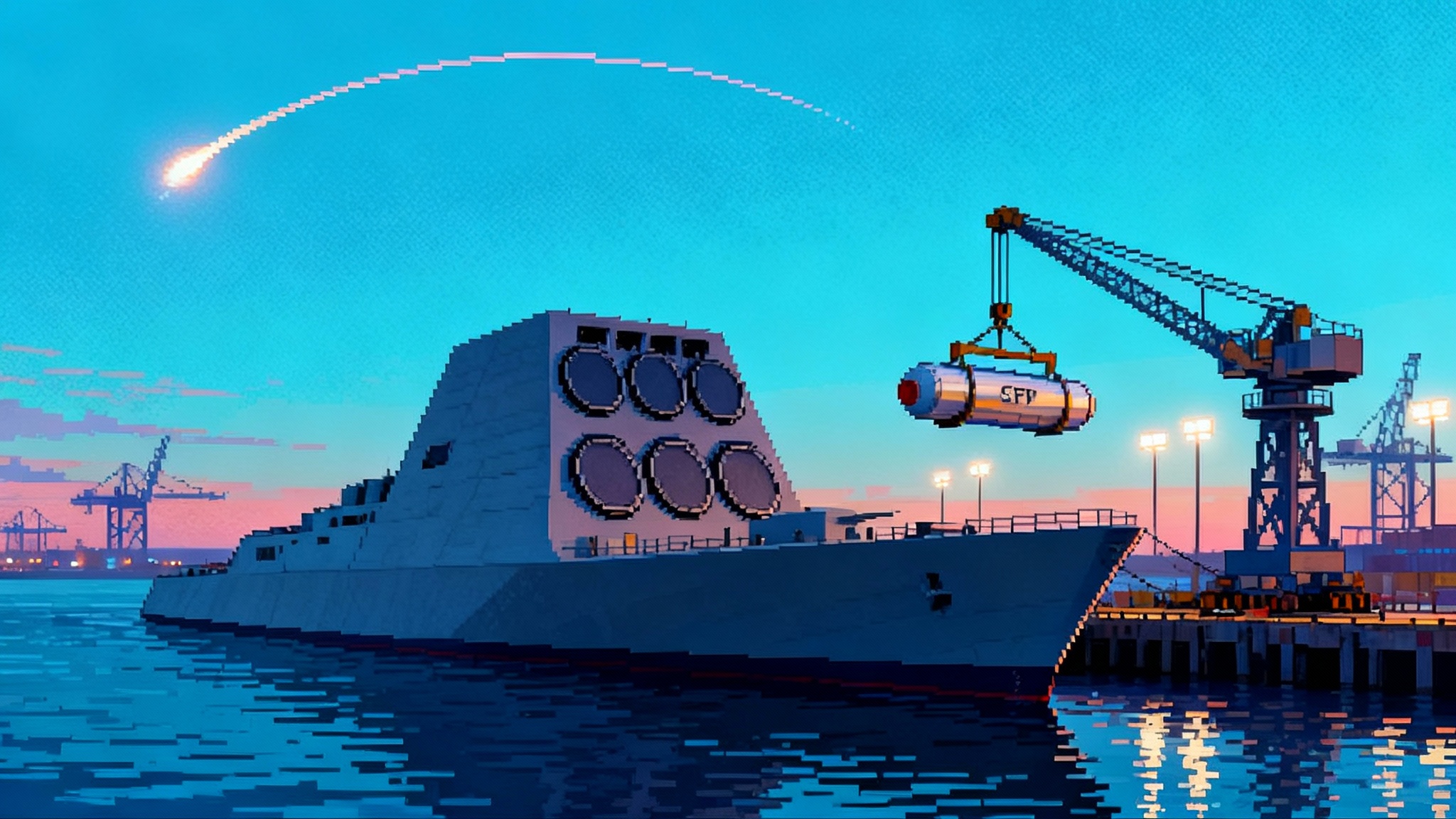USAF’s uncrewed fighters just flew, and the race begins
On August 27, 2025, the U.S. Air Force's YFQ-42A made its first flight, shifting Collaborative Combat Aircraft from concept to reality. That sortie starts a fiscal 2026 downselect and a 24 to 36 month sprint to field modular, attritable wingmen at scale.
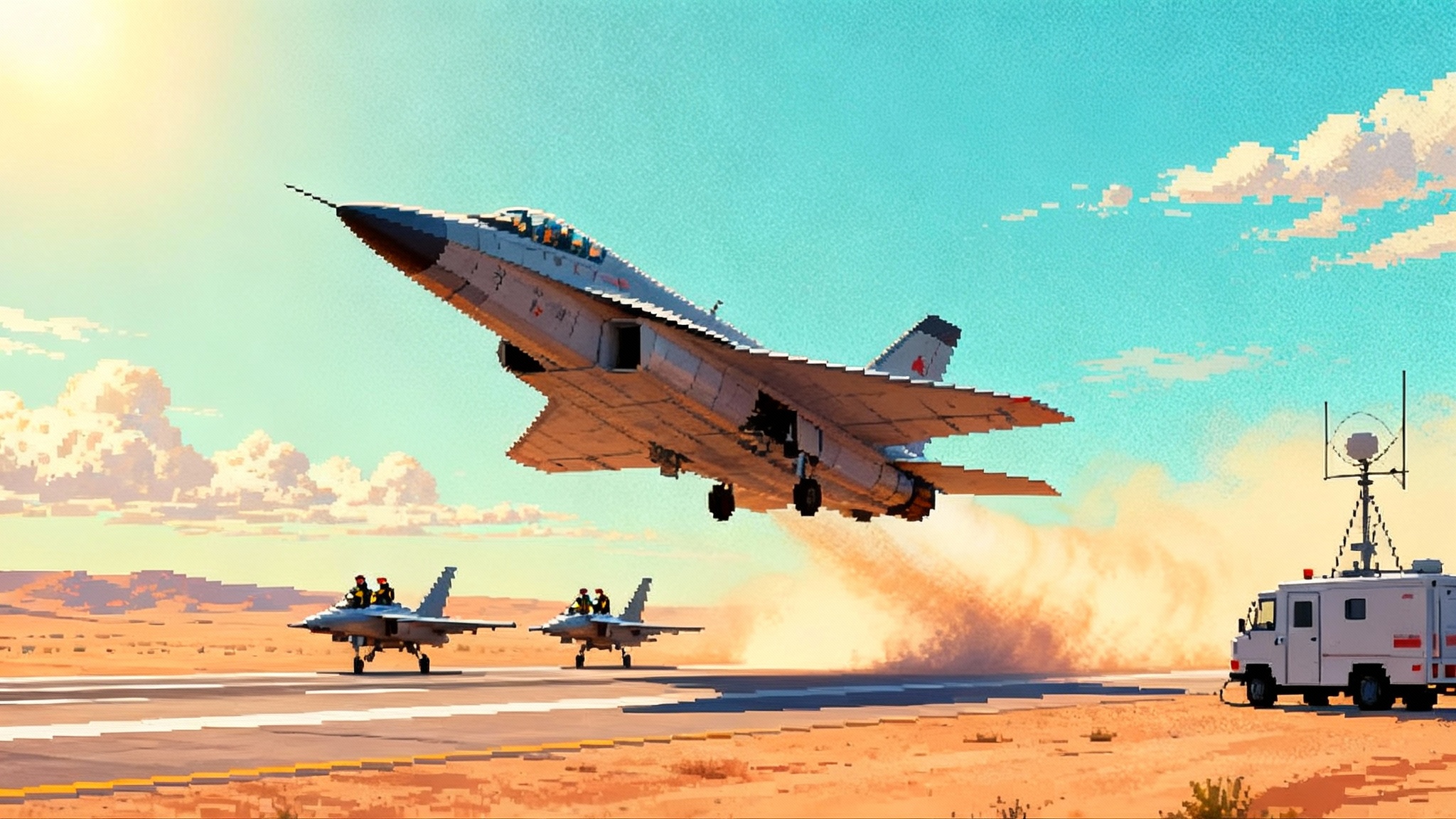
Crossing the Rubicon, for real this time
On August 27, 2025, the U.S. Air Force’s Collaborative Combat Aircraft program crossed from concept to reality when a YFQ-42A prototype took off from a California test site. The Department of Defense confirmed that the prototype took flight on Aug. 27, 2025, less than two years after program launch. In plain English, the service just proved that uncrewed fighter teammates are not a marketing video, they are an aircraft with telemetry, software, and a test card. That matters because flight testing unlocks what PowerPoint cannot: safety cases that only air can validate, interfaces that only real radios can stress, and performance envelopes that only a pilot, human or algorithmic, can discover.
The names matter too. The Y prefix tells you this is a prototype. The F signals a fighter mission. The Q denotes uncrewed. With the YFQ-42A for General Atomics and the YFQ-44A for Anduril, the Air Force is signaling that these are not targets, not drones in the old sense, but combat aircraft meant to escort, screen, jam, and strike.
What one flight really unlocks
A first flight is a door, not a destination. The test card that day was about airworthiness and basic systems, yet the real work it unlocks is threefold.
First, autonomy safety cases with a human on the loop. The Air Force is pursuing autonomy that behaves like a new copilot, not a free agent. That means bounding the machine’s behavior with rules, mission constraints, and explicit human approvals for lethal actions. Think of it as a vehicle with several governors. There is a geofence that keeps it out of airspace where it does not belong. There is a keep-out zone around friendly aircraft. There are identification rules that must be met before a track is treated as a threat. The human in a crewed jet or a ground station remains the author of intent, giving the what and why, while the uncrewed teammate handles the how at machine speed. A good safety case does not rely on promises. It is built from logs, corner-case tests, and regression runs that show the aircraft behaves predictably when sensors saturate, when data links drop, or when a target looks almost but not quite like the real thing.
Second, open mission systems in the wild. These aircraft are designed to speak the Air Force’s open architecture dialect so a new sensor or jammer does not require rewriting the whole airplane. Instead of unique wiring for every new box, you get a common data fabric and published interfaces. In practice this means a radar mode, an electronic warfare payload, or a comms gateway can be added or swapped without touching every other subsystem. The result is not glamour, it is calendar. Payload integration cycles shrink from many quarters to a tempo that matches software delivery. Related programs show similar gains, as seen when G550 jammers rewrite allied EW.
Third, modular airframes that change jobs overnight. The prototypes are built around accessible bays, standard power, and common mounting points. That is not a press release flourish. It is the difference between a platform that can be a decoy on Monday, an electronic attack escort on Tuesday, and a strike asset on Wednesday. The same airframe can accept a different rack of hardware, and the same control app can drive a different mission logic, because the interfaces do not change.
The production clock starts now
Flight test turns on the production countdown. The Air Force has been explicit that it is on track for a production decision in fiscal year 2026. From that decision, expect a 24 to 36 month sprint to field initial capability at scale. What happens during that window is the real story.
-
Test to learn, then lock. Early flights wring out flight controls, envelope protection, and commute-level reliability. The center of gravity then shifts to mission autonomy and teaming behaviors, which require thousands of simulated runs, structured range events, and operational exercises with crews who will live with the system. The value is not in a single perfect demo. It is in proving repeatability under changing conditions.
-
Scale the build, then the sustainment. Building ten aircraft is not the same as building hundreds. The program will move from bespoke prototype shops to routinized production cells, with attention to composite layups, quick-change panels, and engine access that keeps maintenance hours per flight hour in check. Sustainment will pivot on common parts across variants, smart line-replaceable units, and health monitoring that flags a fault before a ferry flight strands a jet. Naval autonomy shows similar learning-curve dynamics in crewless warships are ready to scale.
-
Train crews to command effects, not airframes. Pilots and weapon system officers will learn a new muscle memory. They will assign tasks, set engagement policies, and watch a fleet render those choices into routes and tactics. Training syllabi will blend simulator reps for autonomy behaviors with live flights that prove trust. The goal is a team that is comfortable letting a robot take the lead in a narrow task, because the human already set the constraints.
Inside the autonomy safety case
Autonomy in combat aircraft is not a single algorithm. It is a stack of functions that ladder up from flight controls to mission logic. The safety case for that stack usually has four pillars:
-
Explicit bounds. Define where the aircraft may fly, what it may target, and which maneuvers it may use. Bounds are expressed as regions in space, as rules against certain profiles, and as confidence thresholds for sensors.
-
Positive control points. Identify the points where a human must approve, such as weapons release or entry into a restricted area. The system does not wait for an emergency to ask. It surfaces the decision at the right moment with a clear explanation of why it recommends a given action.
-
Degradation paths. Plan for failure. When a radar saturates or a link goes quiet, the aircraft must fall back to a lower mode that is conservative and legible to the human squad lead. Think orbit here, hold there, wait for rejoin.
-
Evidence and test coverage. Build trust with data. Every sortie and sim run enriches the test corpus. The team tracks how often the autonomy chooses a path that a human expert would also choose, and just as important, when it votes to disengage.
This is new in jets, but not new in safety-critical systems. The mindset borrows from aviation software standards, from the way safety engineers codify hazards, and from decades of unmanned aircraft experience in peacetime airspace. The novelty is the tempo and the number of edge cases that arise when enemy radars, jammers, and decoys try to mislead a machine at scale.
Open mission systems and why payload swaps matter
If autonomy is the brain, open mission systems are the nervous system. The Air Force’s open architecture approach exists to break vendor lock and shorten timelines. It treats a radar, a radio, or an electronic warfare suite as a service on a network, not a monolith wired deep into the airframe. In practice, crews get faster upgrades, acquisition officers get meaningful competition, and maintainers get modules they can swap without recertifying the whole jet. The broader DoD push toward adaptable autonomy is accelerating as cheap autonomy goes to scale.
This matters most in contested theaters where needs change in months, not years. One quarter the priority might be electronic attack against a new surface-to-air radar. The next quarter the need might shift to long-range communications relay for distributed maritime forces. With a common interface and data model, engineers can drop in a new payload or mode without breaking the airplane. The payoff is not only speed. It is survivability through constant adaptation.
New roles in the kill web
The first production Collaborative Combat Aircraft will likely enter four jobs where they can change the math immediately:
-
Air-to-air pickets. A CCA sitting 100 miles forward of a crewed fighter can be a radar scout and a missile truck. It soaks up the first look and the first shot. If it is lost, the pilot lives and the crewed jet still has fuel and options. If it survives, it relays information and extends the engagement range without exposing the pilot.
-
Electronic warfare escorts. Imagine a pair of uncrewed aircraft on the flanks of a strike package. Their payloads churn out tailored jamming, decoy signals, or even false tracks to blind radars. The crewed jets keep emissions tight, save their own countermeasures, and spend more of their attention on tactics.
-
Decoys that think. Decoys used to be expendable and dumb. A modular CCA can play the role of a decoy with a brain. It can vary its signature, sequence, and route so the enemy cannot predict it. It can repeat that act tomorrow because the aircraft comes home.
-
Strike at the margins. No one is saying an uncrewed teammate will replace a bomber. The early value is in carrying the extra two or four weapons that turn a raid from adequate to decisive, or in delivering small stand-in munitions at the edge of a dense air defense umbrella where risking a pilot would be a poor trade.
There is a common thread across these roles. CCAs are less about a single spectacular kill and more about the quiet work of altering timelines and geometry. They take the first punch or throw the first feint so that the human team can decide the fight.
The industrial race inside the race
The first flight triggered another contest, one about factories as much as flight controls. General Atomics brings three decades of building and sustaining large uncrewed aircraft. That history shows up in pragmatic sustainment choices and an intimate feel for training, spare parts, and field support. Anduril brings a software-first culture, aggressive rapid-prototyping, and a willingness to retool a line to chase a faster learning loop.
The winner will not simply be the fastest flyer. The winner will show repeatable cycle time for airframes and payloads, a data pipeline that feeds autonomy training without months of manual cleanup, and cost curves that bend down as volume rises. This is where Pacific airpower economics could shift. If a commander can deploy many attritable aircraft to thicken a defense or saturate a sensor grid while preserving scarce crewed fighters, the shape of a campaign changes. Long distances and dispersed bases favor platforms that can be ferried, serviced in modest hangars, and recovered at a wider set of runways or even on short strips after a divert.
It is also a competition in supplier choices. Engines, actuators, flight computers, and antennas that are common across variants will keep sustainment lean. Materials and manufacturing matter too. Composite structures that cure faster, modular avionics trays, and line-replaceable units with built-in test will decide whether units get stuck waiting on a single vendor or keep flying through disruptions.
What to watch between now and the FY26 decision
-
Test tempo. The story is in the sortie rate and the variety of test points, not just splashy demos. Expect early envelope expansion at Edwards, then teaming and mission tests with operational squadrons. Watch for mixed formations with F-35s and F-22s that show data passing cleanly and tasking that feels natural to crews.
-
The autonomy audit trail. The program will live or die on the quality of its data. Look for signs that flight logs and simulator runs are organized, annotated, and fed back into the software. When the autonomy learns a new behavior or avoids a bad one, there should be a crisp explanation of the evidence behind that change.
-
Payload churn. A healthy program will demonstrate multiple payloads cycling through the same airframe with minimal downtime and minimal re-qualification. The interesting metric is not just how many payloads exist, but how quickly a new one can be integrated, checked, and cleared for use with the team.
-
Training and trust. Watch how squadrons talk about these aircraft. The tell is not a new patch on a flight suit. The tell is when crews regard a robot wingman as a dependable teammate for specific tasks and are clear about what they will not let it do yet.
-
Basing and sustainment choices. Forward locations with limited infrastructure will influence the design. Choices about corrosion control, quick engine changes, and ground support equipment will expose who designed for the Pacific from the start.
The budget and the bet
The Air Force’s own statements frame a near-term decision and a long-term bet. The service wants to commit to a production path in fiscal 2026 and to field operational capability before the decade closes. That plan makes sense only if the first increment delivers useful mass without becoming a bespoke science project. Early lots must be modular, but not endlessly variable. They must be affordable, but not fragile. They must be capable, but only where it counts.
If the program keeps those tradeoffs clear, the economics change. Crewed fighters remain precious, high-end assets. Uncrewed fighters become the scalpel and the shield that can be risked more often without risking pilots. In a theater defined by range, dispersed logistics, and the need to absorb losses without losing combat power, that is not a nice-to-have. It is a new grammar for airpower.
Concrete actions for the next 24 to 36 months
-
For acquisition leaders: lock a minimum viable payload set for the first increment. Freeze the interfaces, then chase speed on software. Reward suppliers for reducing integration time and maintenance hours, not for promising exotic performance that arrives late.
-
For test and evaluation: align mission data and autonomy testing with operational vignettes. Run structured plays that crews actually expect to fly, then measure how the autonomy performs within those plays. Publish measures of merit that are transparent to operators and Congress.
-
For industry: standardize trays, cables, and software containers so that payloads can move between vendors and airframes. Invest in telemetry and data labeling that turn every flight into training fuel for the autonomy stack.
-
For Congress: fund stable early lots with clear learning objectives. Oversight should focus on test coverage, data quality, and sustainment learnings more than on the fetish of a single performance number pulled out of context.
-
For allies: align on open interface standards and range access. A common payload and control language makes coalition swarming real. Shared test events speed trust.
The bottom line
A single first flight does not win a future war. It does something more valuable. It proves a path to fielding a new class of combat aircraft at the speed of software and the price point of mass. With one sortie, the Air Force put steel behind its words and started a clock that leads to a fiscal 2026 decision and a 24 to 36 month push to operational squadrons. The next phase is unglamorous and vital. It is engineering discipline, factory rhythm, and the quiet work of earning trust between humans and machines.
Crossing the Rubicon was not about the river. It was about an irreversible choice. With the YFQ-42A aloft and the YFQ-44A close behind, the United States just made one for airpower. Now the measure will be how fast the team learns, how cleanly the factories scale, and how quickly a new grammar of combat becomes muscle memory in the cockpit.
